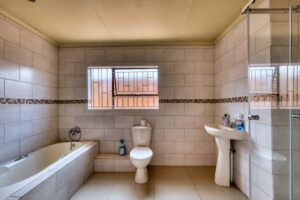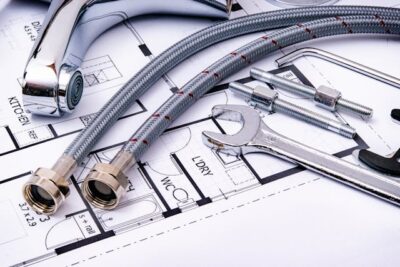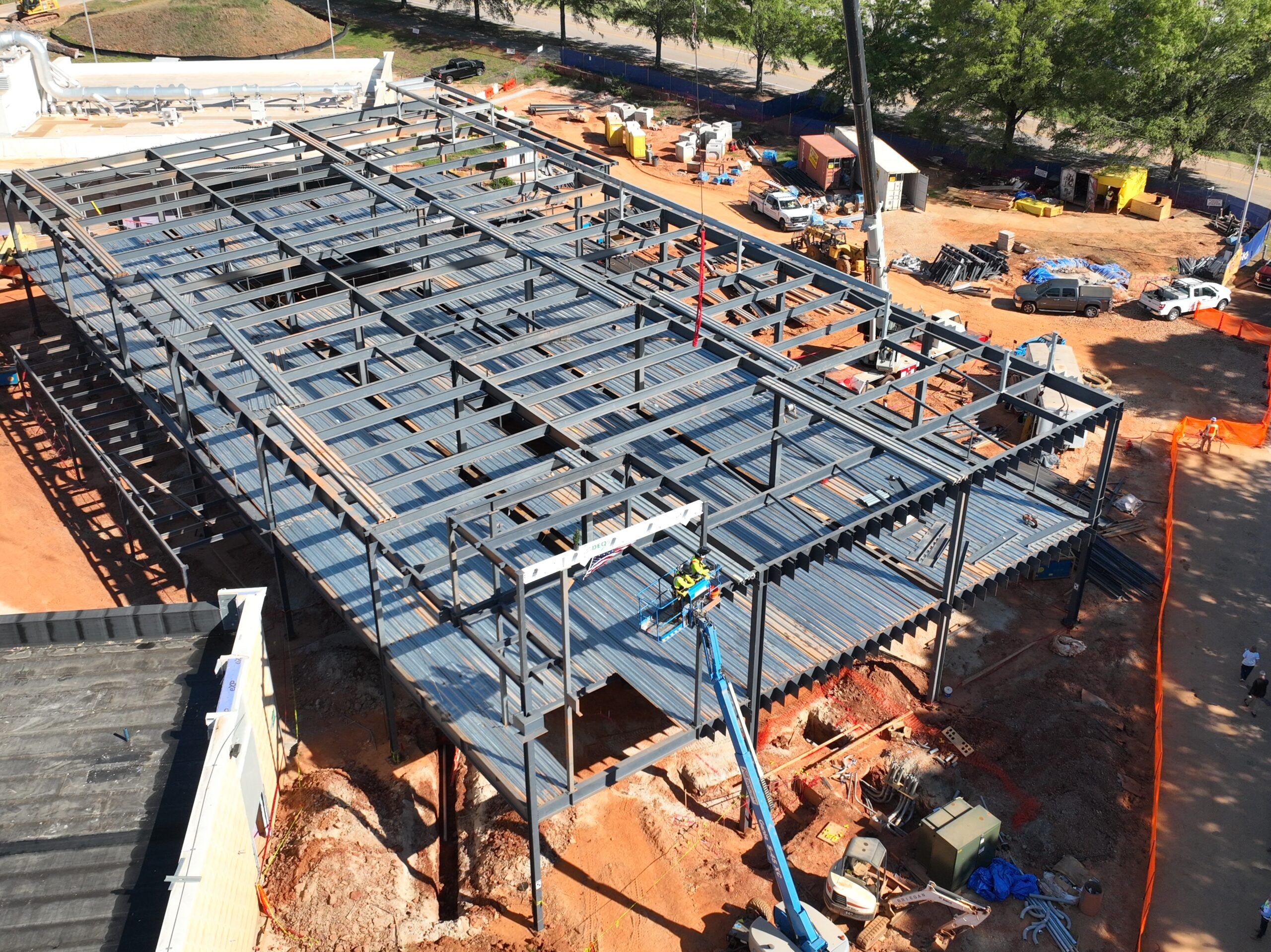When we think about commercial construction, plumbing is not always the first element that comes to mind. Yet it is one of the most important. The way pipes, drains, and fixtures are planned can determine whether a project runs smoothly or hits expensive roadblocks. Good plumbing design is not just about water flow. It is about saving time, reducing costs, and ensuring that buildings work as well in the long term as they do on opening day.
This lesson applies across projects of every size. Both residential and commercial plumbing require careful planning from the start to avoid costly revisions. Professional plumbing firms bring this experience to the table, showing how practical design choices can prevent problems and support faster completion dates.
Planning Ahead Saves More Than Money
A well-planned plumbing system starts before any pipes are laid. Early coordination with architects and contractors ensures that plumbing routes do not interfere with other structural or electrical elements. When this happens, it prevents the frustrating rework that can delay projects and inflate budgets.
Contractors who take the time to plan ahead can also optimize material use. Straightforward layouts use fewer pipes, connectors, and joints. This reduces the risk of leaks, improves efficiency, and cuts down on installation hours.
Fixture Placement and Flow
Where fixtures are placed in a building affects much more than convenience. In commercial builds, restrooms, kitchens, and utility spaces must handle high volumes of use. Poor placement can strain systems, increase maintenance calls, and frustrate tenants or staff.
Smart design clusters fixtures along central lines. This shortens pipe runs, makes repairs easier, and improves water pressure throughout the building. It also reduces the hidden costs of long pipe runs, which often lose heat and require more insulation.
The Role of Efficiency in Construction Timelines
Time is money in construction. Plumbing issues that surface late in the project often hold up other trades. For example, a misplaced pipe can stall drywall installation or delay flooring.
With efficient plumbing design, timelines move faster. Crews work without interruption, inspections pass more smoothly, and the handover process is simpler. These advantages are not only good for the project budget but also for client satisfaction.
Commercial Needs vs. Residential Needs
Although commercial and residential systems share many principles, commercial projects often come with stricter demands. Larger buildings need higher capacity systems and must comply with more complex codes. Still, the lessons learned in smaller residential projects help guide commercial planning.
For instance, knowing how to balance water pressure in a home can inform how to design a multi-floor office tower. Both benefit from systems that are efficient, safe, and easy to maintain.
Preventive Design Reduces Long-Term Costs
Smart plumbing design looks beyond construction. It considers how a system will function years down the line. Preventive design includes installing cleanouts in accessible areas, planning for expansion, and choosing durable materials.
These steps may add small costs upfront but save thousands later. Property managers and owners appreciate systems that require less frequent emergency service. Planned access points also reduce the time technicians need to locate and fix issues.
Technology as a Supporting Tool
Modern plumbing uses technology to enhance design and reduce errors. Digital modeling tools can simulate water flow and highlight potential problem areas before work begins. Camera inspections help confirm placement accuracy during installation.
These tools are not a replacement for skilled planning but a supplement. They give contractors and clients confidence that the system will perform as designed.
Practical Takeaways for Builders and Owners
Smart plumbing design may sound like an abstract idea, but the benefits are very real. When applied consistently, it helps keep projects on time, reduces costs, and creates reliable systems. Builders, architects, and owners can all benefit from prioritizing plumbing in the early stages.
A few points to keep in mind:
- Involve plumbing specialists early in the design phase.
- Cluster fixtures along common lines to reduce complexity.
- Plan for both immediate needs and long-term maintenance.
- Use technology to identify and prevent design flaws.
Why It Matters More Than Ever
Construction is fast-paced, and the pressure to deliver projects quickly is growing. At the same time, budgets are tight, and clients expect long-term reliability. Plumbing may not be visible once walls go up, but its impact is felt daily.
Skilled companies that understand both residential and commercial demands are vital partners in this process. Their experience ensures that what is hidden beneath floors and behind walls works seamlessly, saving time and money for everyone involved.

Conclusion
Smart plumbing design is an investment in efficiency, safety, and satisfaction. It helps commercial builds meet deadlines and budgets while reducing headaches for years to come. Whether planning an office complex or a small residential project, the principles remain the same: thoughtful layouts, efficient fixture placement, and preventive planning. When done right, plumbing proves itself as one of the most powerful tools in modern construction.












